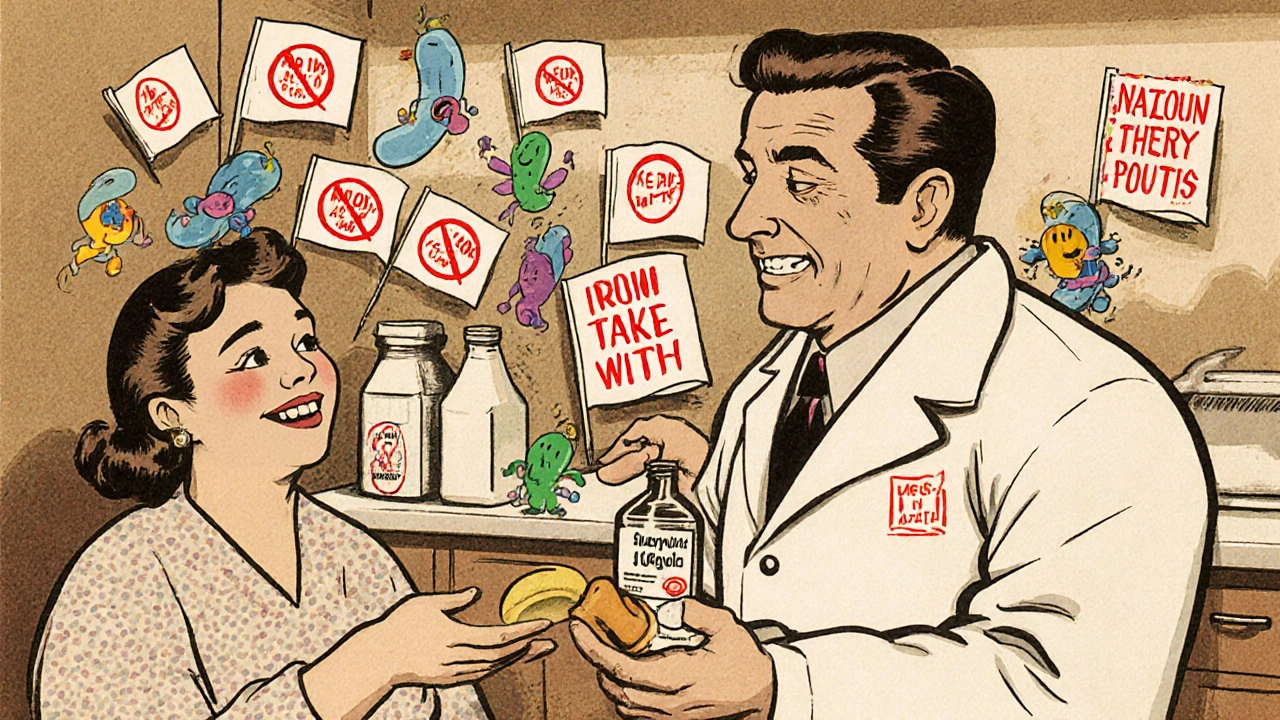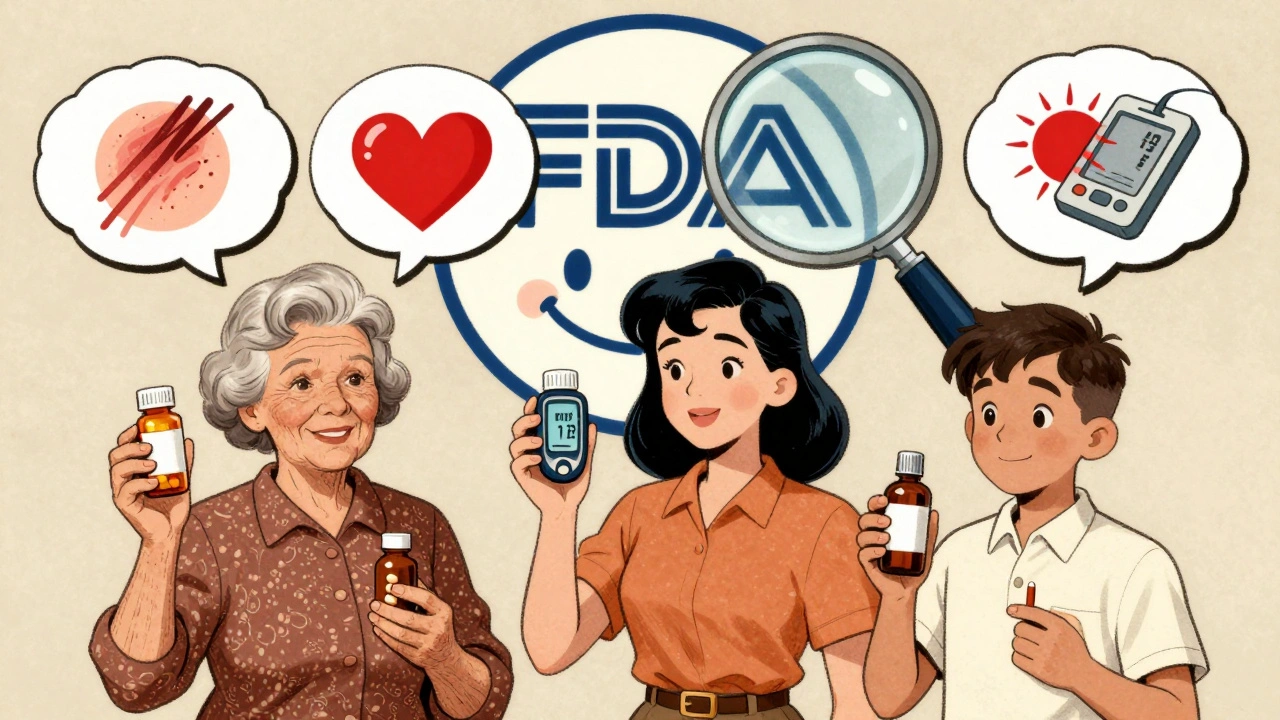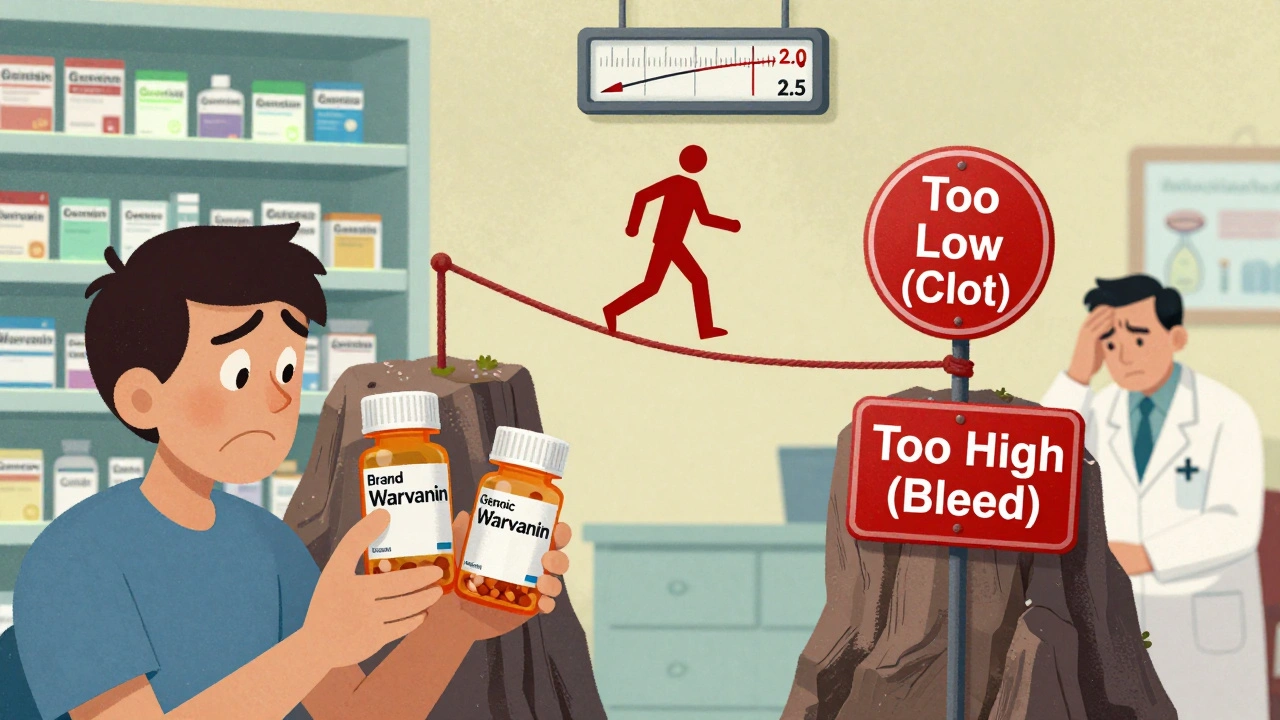Tetracycline: Uses, Alternatives, and What You Need to Know
When you hear Tetracycline, a broad-spectrum antibiotic first introduced in the 1940s that fights a wide range of bacterial infections. Also known as a tetracycline-class antibiotic, it's still used today for acne, urinary tract infections, Lyme disease, and even some types of pneumonia. Unlike newer antibiotics, Tetracycline works by stopping bacteria from making proteins they need to grow. It doesn’t kill them outright—it just puts them on pause. That’s why it’s often chosen when you need something gentle but effective, especially for long-term use like treating chronic acne.
Tetracycline isn’t the only option, and knowing what else is out there helps you ask better questions. Doxycycline, a close relative of Tetracycline with better absorption and fewer dosing requirements is now more common for many infections because it’s taken once or twice a day instead of four. Minocycline, another member of the same family, is often picked for stubborn acne because it penetrates skin and tissues more deeply. But if you’ve had side effects like stomach upset or sun sensitivity with Tetracycline, you might be better off with azithromycin, a macrolide antibiotic that doesn’t cause the same light sensitivity and is often used for respiratory infections. Each has trade-offs: cost, dosing, side effects, and what bugs they cover best.
What you won’t find in most doctor’s offices is how often Tetracycline is still used in low doses for its anti-inflammatory effects, not just antibacterial ones. That’s why you’ll see it pop up in discussions about rosacea, gum disease, and even some autoimmune conditions. It’s not a miracle drug, but it’s a quiet workhorse—especially in generic form. And because it’s been around so long, there’s a lot of real-world data on who responds well and who doesn’t. The posts below dig into exactly that: how Tetracycline stacks up against other antibiotics like Clindamycin and Cipro, what side effects actually matter, how to avoid the common mistakes people make when taking it, and why some people should never use it at all. You’ll also find guides on spotting fake antibiotics online and how to verify you’re getting real generic versions. This isn’t just theory—it’s what people are actually using, struggling with, and asking about right now.

Sumycin (Tetracycline) vs Alternatives: What Works Best for Infections Today
- 13 Comments
- Nov, 1 2025
Sumycin (tetracycline) is rarely the best antibiotic today. Learn how doxycycline, amoxicillin, and azithromycin compare in effectiveness, safety, and ease of use for common infections.




